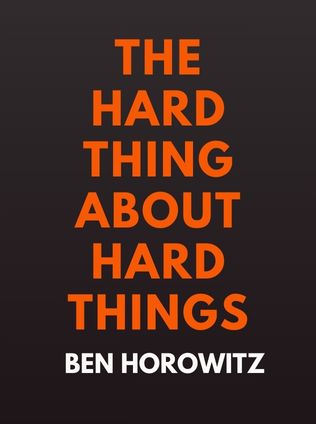
The Anatomy of Buzz
How to Create Word of Mouth Marketing
By Emanuel Rosen
Published 10/2000
About the Author
Emanuel Rosen, the author of "The Anatomy of Buzz," brings a wealth of experience and knowledge to the topic of word-of-mouth marketing. With a background as the former Vice President of Marketing for Niles Software, Rosen has spent years delving into the intricacies of how buzz is created and sustained in the marketplace. His professional journey has provided him with firsthand insights into the power of buzz, which he meticulously compiles in this influential book. Rosen's expertise is not just theoretical but also practical, as he has actively participated in and observed the phenomenon of buzz from within the industry.
Main Idea
In "The Anatomy of Buzz," Emanuel Rosen explores the critical role that word-of-mouth marketing plays in the success of products and services. He argues that in today's saturated and skeptical consumer environment, traditional advertising methods often fall short. Instead, Rosen emphasizes that buzz, or the informal network of communication among consumers, is a potent force that can drive sales and brand loyalty. The book offers a comprehensive guide on how to create and manage buzz, providing practical strategies for engaging influential individuals and seeding networks with compelling products. Rosen's insights reveal that understanding and leveraging these invisible networks can significantly enhance marketing efforts.
Table of Contents
- The Buzz Phenomenon
- Network Hubs Hold the Key
- The Rules of Networks
- How Buzz Spreads
- Achieving Success in the Networks
- Stimulating Buzz: First, Work with Network Hubs
- Actively Seed Your Products
- The New Viral Marketing
- Does Madison Avenue Still Matter?
- Buzz in Distribution Channels
- Putting It Together
The Buzz Phenomenon
Today's marketing landscape is dominated by noise, skepticism, and connectivity. Consumers are bombarded with information, making it difficult for traditional advertising to break through. As Rosen explains, "Buzz is an invisible network. You will never really see how buzz moves from person to person, but you don't have to. You just need to understand that people need to communicate with one another, and figure out how to get them talking."
Buzz starts with a superior user experience. Rosen emphasizes the importance of underpromising and overdelivering to generate positive word-of-mouth. He notes that buzz is particularly powerful because it leverages the social nature of purchasing decisions. Rather than relying solely on advertising, companies should focus on creating products that are so compelling that consumers feel the need to talk about them.
Why Buzz Is Powerful Today
Rosen identifies three main reasons why buzz has become such a crucial element in modern marketing:
- Noise: Consumers are overwhelmed with information, leading them to filter out most traditional advertising messages.
- Skepticism: There is a general distrust of corporate messaging. Surveys show that people are more likely to believe recommendations from friends than from companies.
- Connectivity: The internet has dramatically increased the ways in which consumers can share information. This has amplified the reach and speed of word-of-mouth communication.
Adopters and Networks
Traditional marketing categorizes consumers into groups like innovators, early adopters, early majority, late majority, and laggards. Rosen, however, suggests a network approach, focusing on how these groups interact within specific industries and communities. For example, an early adopter in one field may be a late adopter in another. Recognizing these nuances can help marketers target their efforts more effectively.
How Important Is Buzz to Your Business?
Rosen outlines four factors that determine the importance of buzz for a business:
Sign up for FREE and get access to 1,400+ books summaries.
You May Also Like
How To Win Friends and Influence People
The All-Time Classic Manual Of People Skills
By Dale CarnegieQuiet: The Power of Introverts
The Power of Introverts in a World That Can't Stop Talking
By Susan CainThe Lean Startup
How Today's Entrepreneurs Use Continuous Innovation to Create Radically Successful Businesses
By Eric RiesThe Ride of a Lifetime
Lessons Learned from 15 Years as CEO of the Walt Disney Company
By Robert IgerAtlas of the Heart
Mapping Meaningful Connection and the Language of Human Experience
By Brené BrownThe Hard Thing About Hard Things
Building a Business When There Are No Easy Answers
By Ben Horowitz



















